The dreamcatcher has been a part of Native American culture for generations. Traditionally, they are said to protect the sleeping people from negative dreams while letting positive dreams pass through.
Dreamcatchers are said to have originated with the Ojibwe people (Ojibwe Chippewa tribe), but it wasn’t until the Pan-Indian Movement of the 1960s and 1970s that they were adopted by Native Americans of a number of different nations through intermarriage and trade.

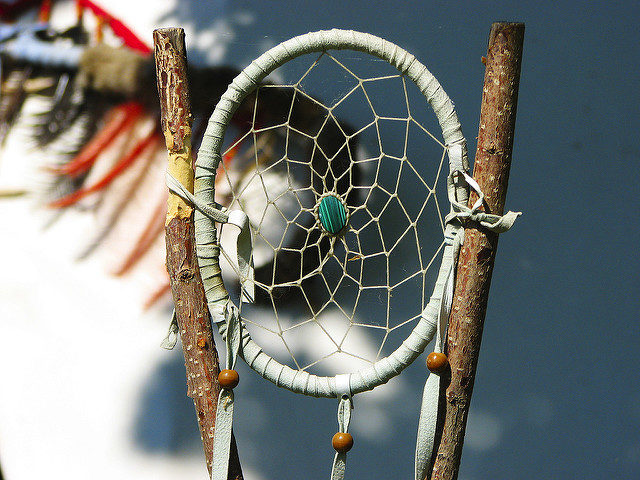
Traditionally, the Ojibwa construct dreamcatchers by tying sinew strands in a web around a small round or tear-shaped frame of willow. The dreamcatcher is then decorated with sacred items such as feathers, arrowheads, beads, and shells.
They used natural feathers and semi-precious gemstones, with one gemstone to each web to symbolize the single creator in the web of life.
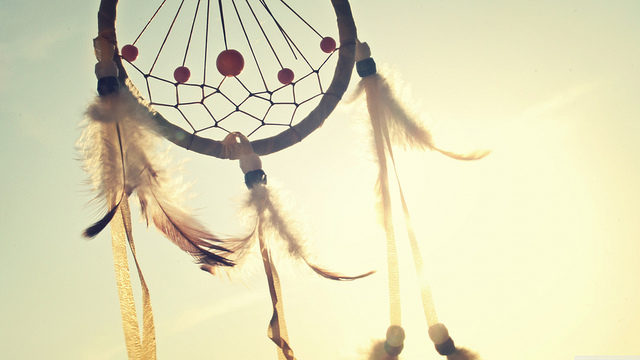
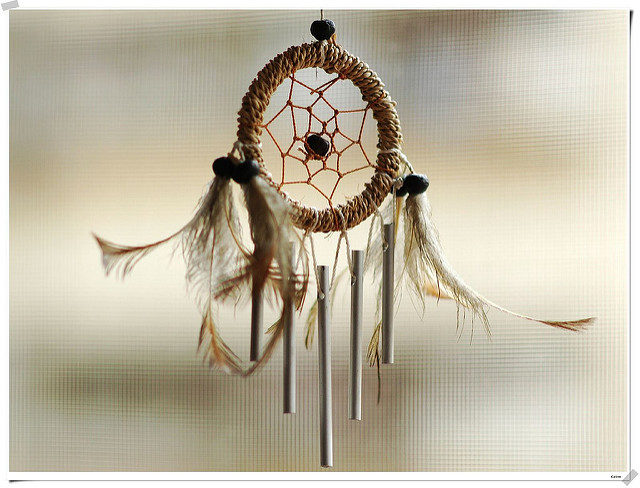
Originally, Native American Ojibway dreamcatchers were made as charms to protect sleeping children from nightmares. The Ojibwe people believed that the dream catcher’s web will trap bad dreams or dark spirits, but allow good dreams to escape through a small hole in the center and enter the child’s dream.
In Native tradition, dreamcatchers are filters that allow only good, pleasant dreams to get through. Bad dreams, however, are confused and captured.
They cannot find their way through the web and are trapped there until the sunrise evaporates them.
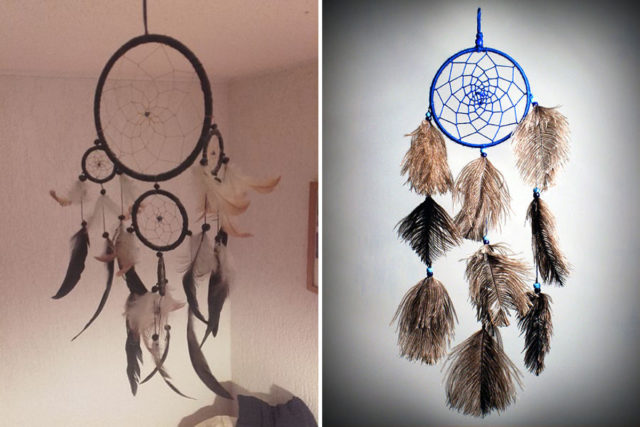
Most ethnographers believe the dreamcatchers were passed down from the Ojibwe through intermarriage and trade. The concept of dreamcatchers spread to nearby tribes such as the Lakota who, over time, developed their own traditions. According to their tradition, the dream catcher holds the destiny of their future.
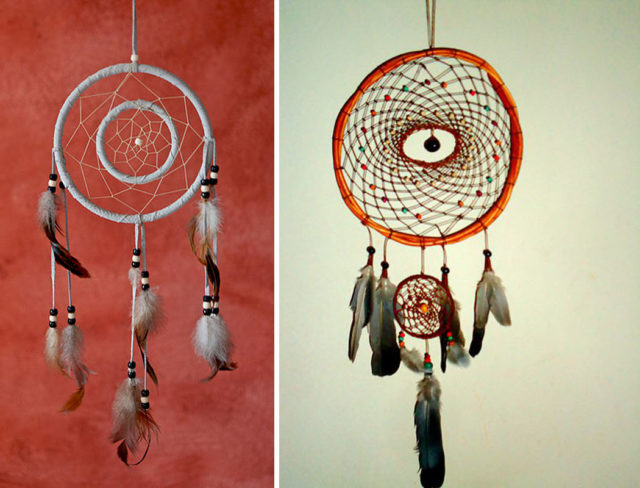
Here is another fun read from us: Native Americans – The Oldest Surviving Footage
In the course of becoming popular outside of the Ojibwe Nation, and then outside of the pan-Indian communities, various types of “dreamcatchers,” many of which bear little resemblance to the traditional styles, are now made, exhibited, and sold by New Age groups and individuals.
